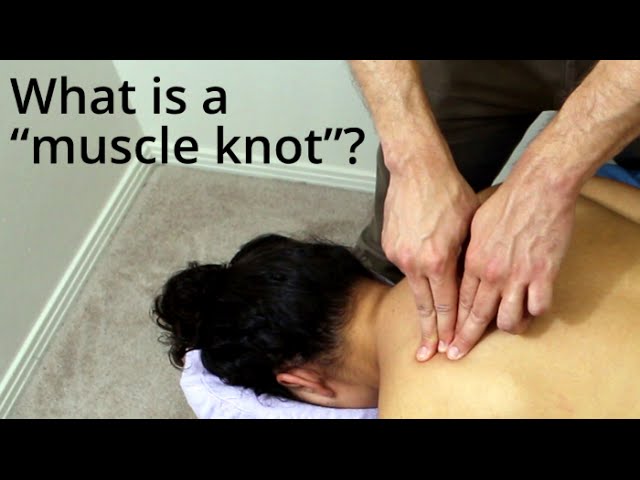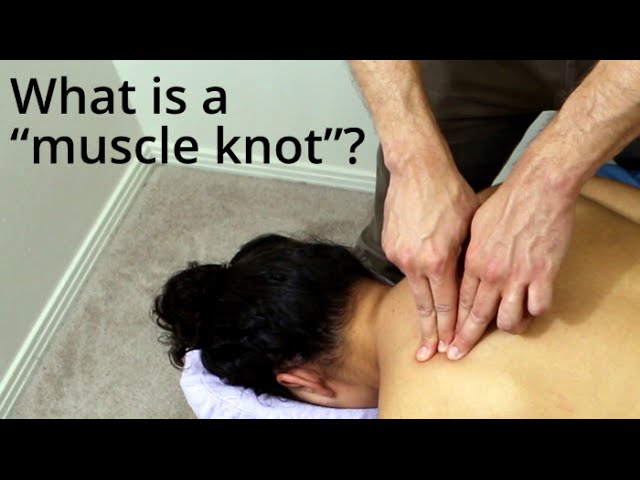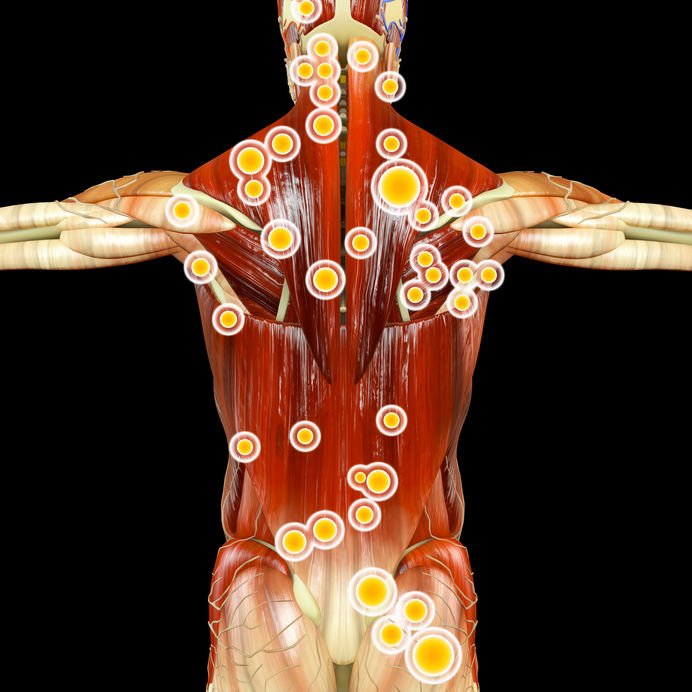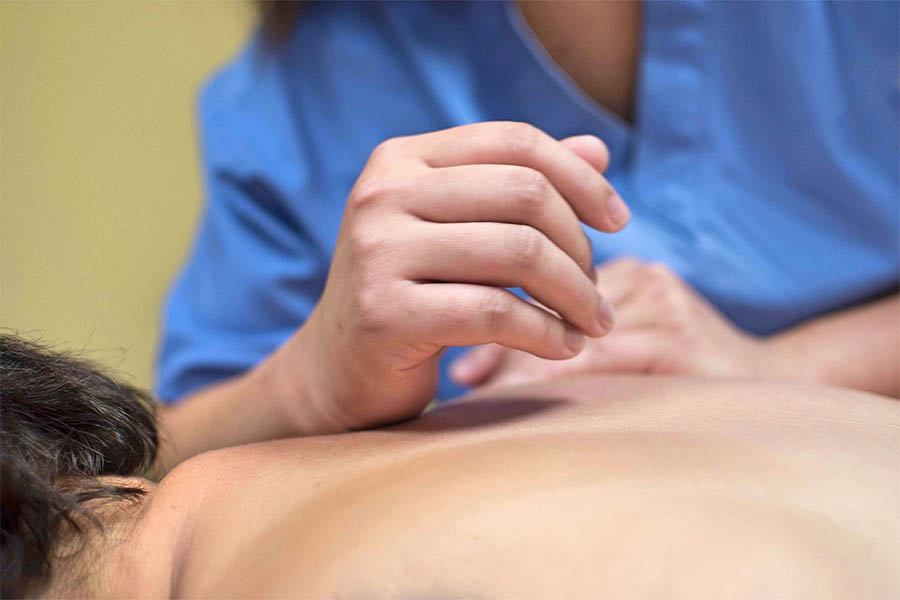Hi there! In this article, we’ll be discussing a common question that many people have: how many massages does it take to get a knot out? We understand that knots can be quite bothersome and frustrating, so we’re here to provide you with some insights and guidance on this topic. Whether you’re a massage enthusiast or someone looking for relief from muscle knots, we’ve got you covered. By the end of this article, you’ll have a better understanding of the factors that can influence the number of massages needed to alleviate a knot. So, let’s get started!
How Many Massages Does It Take To Get A Knot Out?
If you’ve ever experienced a knot in your muscles, you know just how frustrating and painful it can be. Knots, also known as trigger points or myofascial adhesions, are areas of muscle fibers that become tight and contracted, causing discomfort and limited range of motion. They can occur for a variety of reasons, including muscle tension, imbalances, previous injuries, and stress. But how many massages does it actually take to get a knot out? Let’s explore the factors that can affect the number of massages needed for knot removal.
Muscle Condition
The condition of your muscles plays a significant role in how quickly a knot can be eliminated. Factors such as tension levels, muscle imbalances, and previous injuries can all contribute to the formation and persistence of knots. If your muscles are constantly under tension, it may take longer to release the knot completely. Similarly, if you have muscle imbalances or previous injuries, the muscles surrounding the knot may need additional attention and treatment.
Severity of the Knot
The severity of the knot also affects the number of massages required for its removal. The size, location, and depth of the knot can all impact the time and effort needed to release it. Larger knots that are more deeply embedded in the muscle tissue may require more sessions to fully eliminate. Additionally, knots in certain areas, such as the back or neck, can be more stubborn and take longer to respond to treatment.
Duration of the Knot
The duration of the knot can play a role in how many massages are needed. Chronic knots, which have been present for an extended period, can be more resistant to treatment compared to acute knots, which have recently formed. The longer a knot has been present, the more established the muscle fibers’ adhesion becomes, making it tougher to break down. Patience and persistence are key when dealing with chronic knots, as they may require multiple sessions to fully resolve.
Individual Healing Abilities
Everyone’s body is different, and individual healing abilities can impact the effectiveness and speed of knot removal. Factors such as general health, fitness level, age, and stress levels can all influence how quickly your body responds to massage therapy. Generally, individuals in good overall health, who exercise regularly, and have lower stress levels may experience quicker results in removing knots compared to those who aren’t as physically active or have underlying health issues.
Effectiveness of Massage Techniques
The choice of massage techniques used also plays a role in the number of sessions required to eliminate a knot. Different techniques, such as deep tissue massage, trigger point therapy, myofascial release, and Swedish massage, target knots and muscle tension in different ways. Deep tissue massage and trigger point therapy are specifically designed to locate and release knots, while myofascial release focuses on releasing tension in the fascia, the connective tissue surrounding the muscles. Swedish massage, although not as targeted, can also help reduce overall muscle tension. Depending on the severity and location of the knot, your massage therapist may choose one or a combination of these techniques to achieve the desired results.
Regularity and Frequency of Massage Sessions
Consistency is key when it comes to massage therapy and knot removal. The regularity and frequency of massage sessions can determine how quickly a knot is resolved. Consistent and frequent sessions allow for a sustained focus on the knot, helping to gradually break down the adhesions. Depending on your circumstances, such as the severity and duration of the knot, your massage therapist may recommend weekly or bi-weekly sessions initially, with the option to decrease frequency as the knot improves.
Collaborative Efforts for Knot Removal
While massage therapy plays a crucial role in treating knots, collaborative efforts are also necessary for effective and long-lasting results. Self-care practices, such as stretching and exercise, can help prevent the formation of new knots and maintain the benefits of massage therapy. Focus on maintaining good posture throughout the day, as poor posture can contribute to the development of knots. Seeking professional medical advice can also be beneficial, especially if the knot is associated with an underlying health condition or if it doesn’t respond to massage therapy alone. By combining these collaborative efforts with massage therapy, you can optimize the chances of successfully eliminating knots.
Patience and Time Required for Knot Elimination
It’s important to remember that knot removal is not an overnight process and requires patience and time. The number of massages needed to get a knot out can vary greatly depending on the factors mentioned above. It’s essential to communicate with your massage therapist about your goals and expectations, as well as any changes or improvements you notice throughout the treatment process. With consistent effort, a proactive approach to self-care, and the guidance of a skilled massage therapist, you can make progress towards eliminating knots and experiencing relief from muscle discomfort.
This image is property of qph.cf2.quoracdn.net.
Conclusion
So, how many massages does it take to get a knot out? There is no definitive answer, as it depends on various factors such as muscle condition, knot severity, duration, individual healing abilities, massage techniques, regularity, collaborative efforts, and time. However, by addressing these factors and maintaining open communication with your massage therapist, you can work together towards the goal of knot removal and enjoy the benefits of a healthier, more relaxed body. Remember, patience and perseverance are key when it comes to unraveling those stubborn knots.
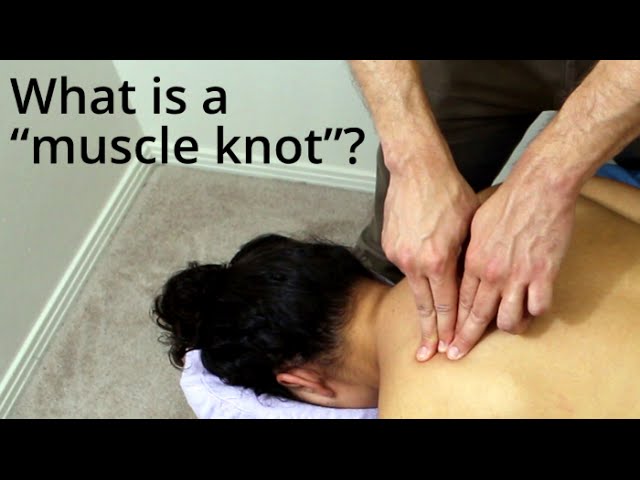
This image is property of i.ytimg.com.
